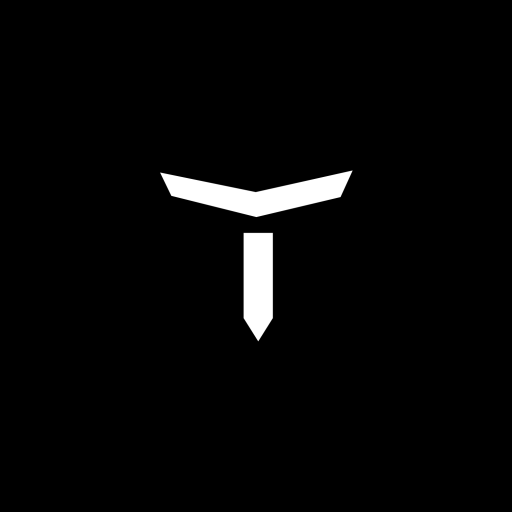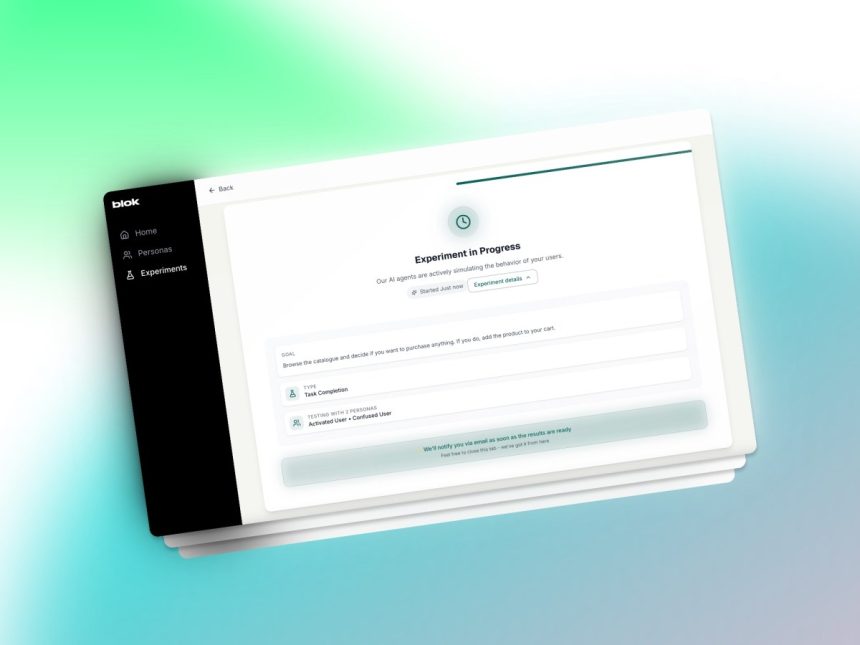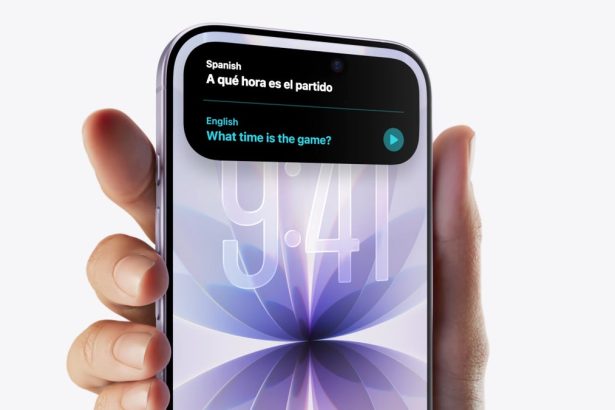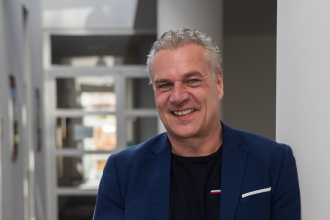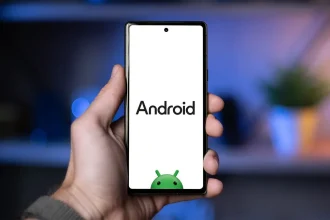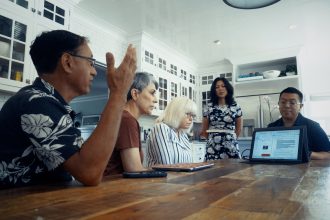Blok, a newly launched startup, is transforming the way developers test applications by utilizing artificial intelligence to create realistic user personas. While AI-driven coding tools like Cursor, Replit, Claude Code, and Lovable have streamlined coding processes, app developers still face challenges in testing new features without resorting to full beta releases or relying solely on simulation software.
Founded by entrepreneurs Tom Charman and Olivia Higgs in 2024, Blok allows developers to simulate various user personas, enabling more effective feature testing and ultimately improving app quality. Both Charman and Higgs have extensive experience in launching startups across the travel and learning sectors.
To date, Blok has successfully raised $7.5 million in funding through two investment rounds. The initial seed round, which totaled $5 million, was led by MaC Venture Capital and saw participation from individuals at prominent companies such as Discord, Google, Meta, Apple, Snapchat, and Pinterest. Additionally, Blok’s pre-seed funding came from Protagonist, with support from Rackhouse, Ryan Hoover’s Weekend Fund, and Blank Ventures.
Marlon Nichols, Managing GP at MaC Venture Capital, highlighted Blok’s innovative approach, stating that while tools like Optimizly and Amplitude focus on reactive testing, Blok enhances the process by predicting user behavior preemptively. “We backed Blok because we believe product development is at an inflection point. Teams are shipping faster than ever, but they’re still making critical decisions based on A/B tests and gut instinct. Blok’s simulation engine flips that model — giving teams the ability to predict user behavior before a single line of code is written,” he explained in an email to TechCrunch.
Higgs emphasized the growing necessity for rigorous testing, citing an increase in the complexity of user interfaces. Through interviews with over 100 product engineers, she discovered that high visual interface standards require careful consideration to avoid complicating user interactions. “There is a real need for increased testing because the bar for visual interfaces is getting a lot higher. We’re seeing people interact with technology through chat, through voice. So if you’re introducing visual UI [elements] into the mix, you have to make sure that you are not introducing unnecessary friction into a user’s workflow,” she asserted.
Charman addressed the distinct challenges faced by small and large companies. Smaller firms often lack the user cohorts necessary for product testing, while larger companies aim to prevent feature overload that can clutter their applications. “We are trying to reach a place where companies don’t need to release their features on an experimental basis and wait for a few weeks or months for results to show up,” he said.
When partnering with Blok, clients upload their event log data from platforms like Amplitude, Mixpanel, or Segment. Blok then conducts behavioral modeling to generate user personas that represent a broad spectrum of the app’s audience. Development teams provide a Figma design along with experiment specifics, including their testing hypothesis and user objectives. The user persona agents then conduct multiple simulations, ultimately delivering insights into potential user interactions with the features and supplying actionable recommendations.
These insights consist of comprehensive experiment reports, detailing successful elements and areas for improvement, as well as persona-specific observations. Additionally, Blok offers a chatbot for users to inquire about their experiments.
Currently, Blok is operating on a waitlist system, engaging with an initial group of clients primarily in the finance and healthcare sectors. The founders believe these industries are well-suited for their services because of the critical nature of public perception around experimental products. The startup monetizes its offering through a SaaS model while also strategizing to balance computing costs. Blok aims to achieve mid-single-digit millions in revenue this year, with plans to expand its customer base further.

